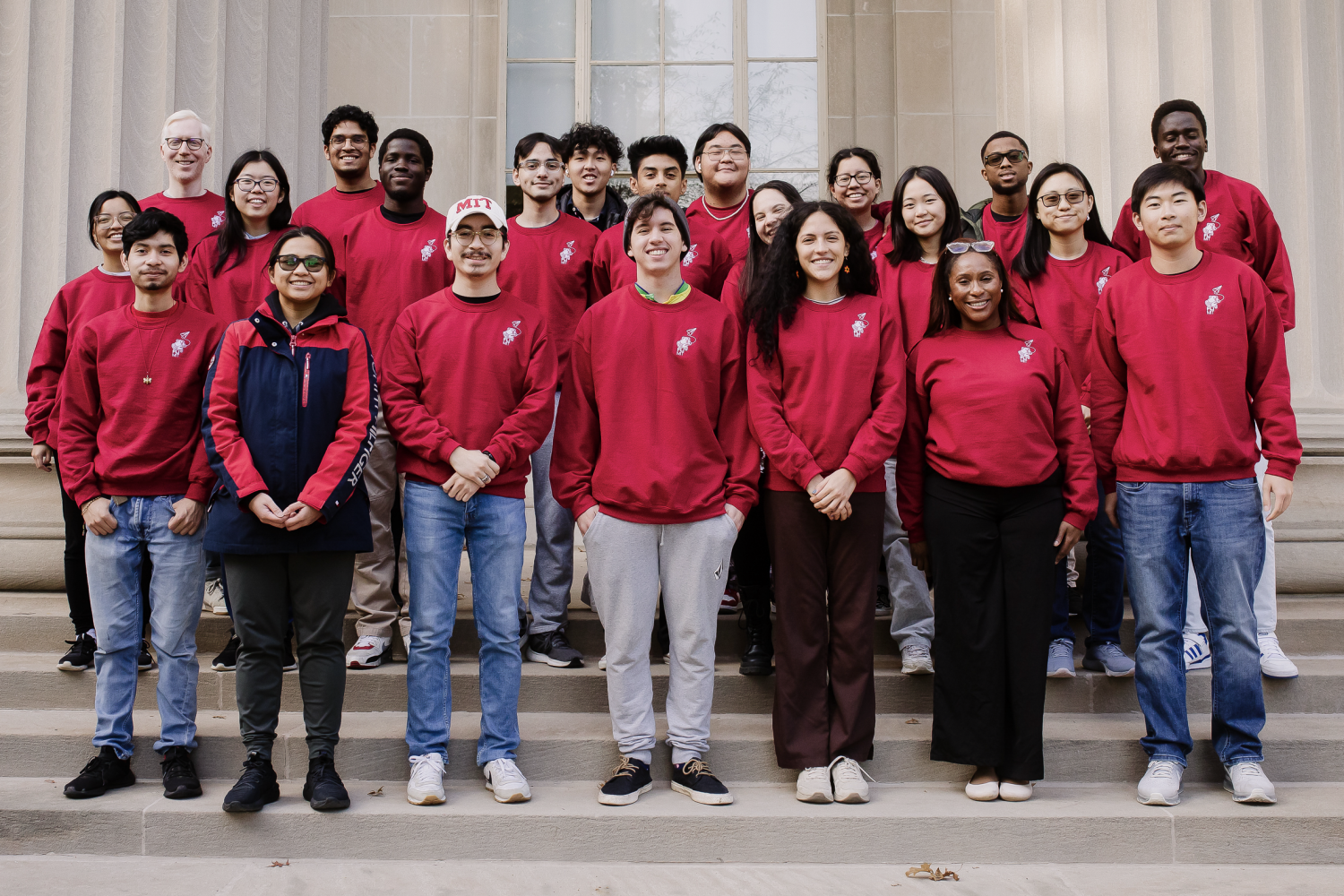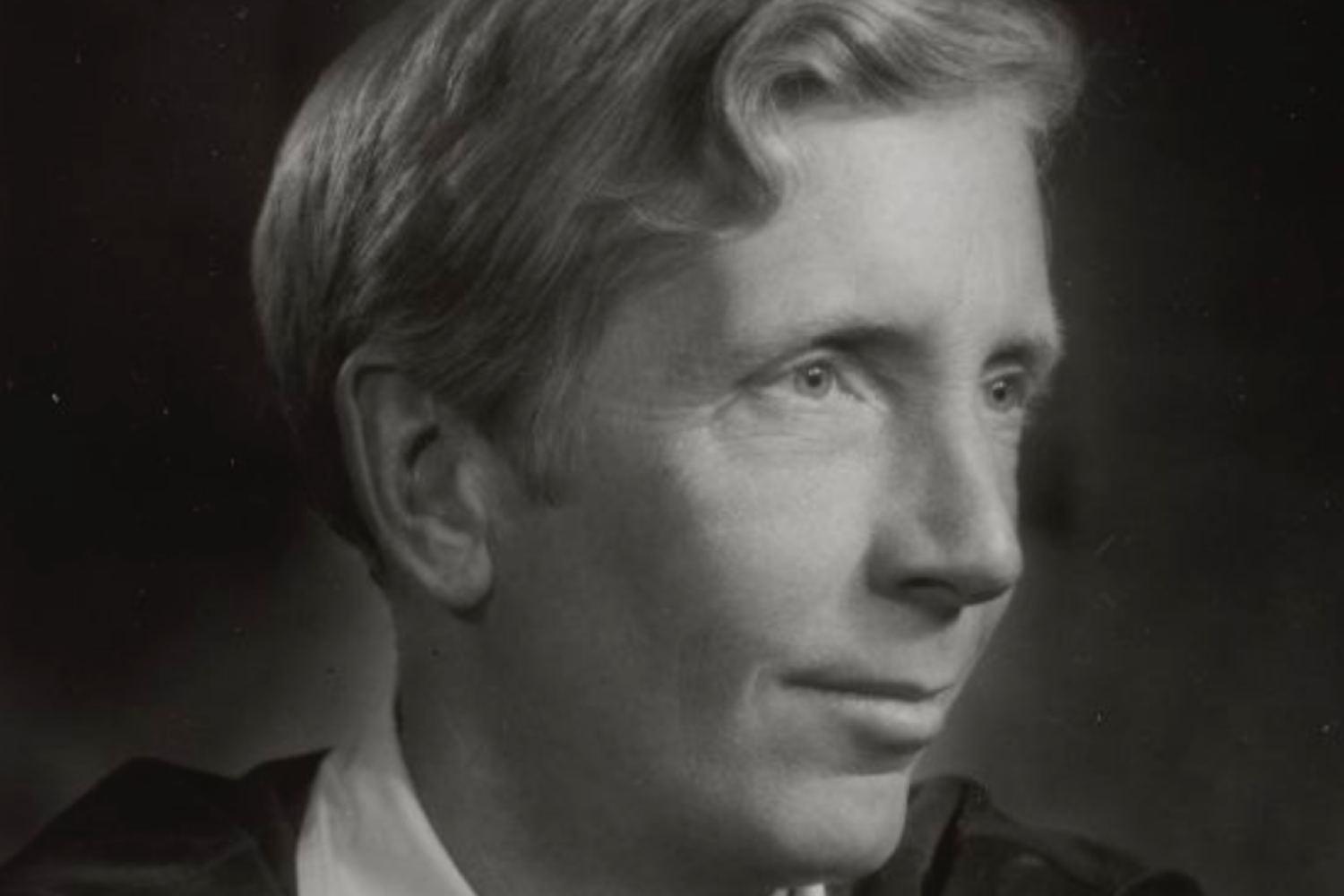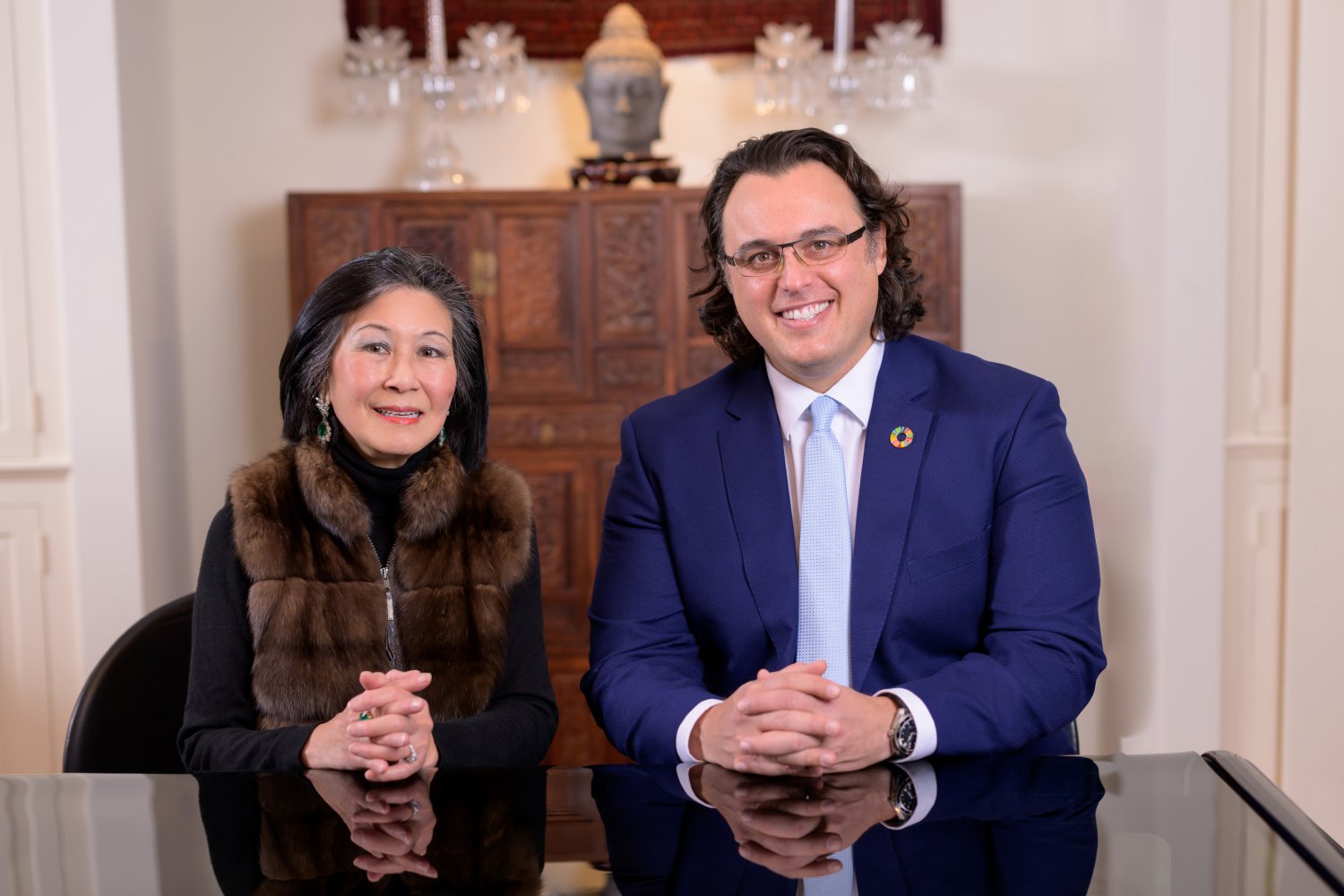In my bedroom, I have a drawer lovingly dubbed my “drawer of sentimentality.” There’s a hat signed by various members of my favorite bands of a 2010s Warped Tour, tickets to some of my favorite movies, sticks from my last year on drum line in high school, and cards. Birthday cards, Christmas cards, “just because” cards, ones I got for graduating high school, ones I got for graduating college – So. Many. Cards. I struggle to throw cards away with personal greetings. I struggle to throw out anything that means something to me, even more than a decade later, so my sentimental stuff lives in a single drawer to keep me in check.
During a virtual hands-off preview of Open Roads, the player, as Tess, played by Kaitlyn Dever (Booksmart, Uncharted 4: A Thief’s End, and soon-to-be Abby in HBO’s The Last of Us), picked up an old birthday card they received from their grandma, who recently passed away, kickstarting the events of the game. It’s an action players will do a lot of in Open Roads, given it’s what I’d lovingly call a narrative-driven walking sim. This card is nondescript with a simple pre-written message inside. But Tess’ grandma signed something to the extent of, “I’m so proud of you, love grandma.” It wasn’t much, but I immediately felt tears in my eyes.
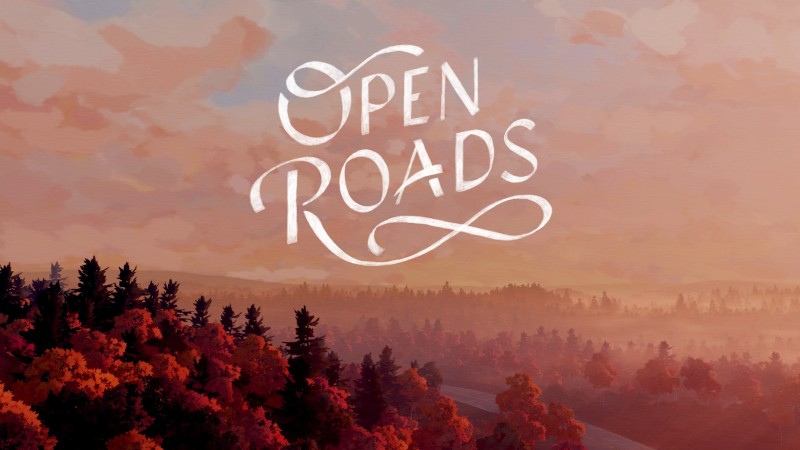
Admittedly, I cry easily. Also, my grandma, a matriarch of sorts in my family, passed away suddenly in August. That grief rose to the surface during this Open Roads preview when I saw that birthday card.
It reminded me so much of my grandma. I have at least half a dozen cards, if not more, from her, just like it. Perhaps there’s a sailboat on the front (I’ve never been sailboating) and a prewritten message inside that says something like, “May you enjoy another year of new horizons.” And signed under it by grandma, “I’m so proud of you, love grandma.” My grandpa would sign it, too, of course. And I’d take the card home after birthday celebrations and stash it away in my drawer of sentimentality. Beyond my struggle to throw sentimental things away, I couldn’t have told you a specific reason for keeping this or that. In hindsight, I guess it’s for moments like these when I’m previewing a game and am reminded of my grandma and feel the need to pull out one of her cards, to remember those are real words she wrote to me, just for me.
I’d later learn during this preview that things like this card from Tess’ grandma, or the colorful scribble on the inside wall of a closet done by a child, or the art of a Pikanese Pomeranian Tess and her mom, Opal, played by Keri Russell (The Americans, Star Wars Episode IX: The Rise of Skywalker), joke about, are all real things from someone on the Open Roads Team.

Notably, Open Roads was originally in development as part of Fullbright with creative lead Steve Gaynor, director of Gone Home, before allegations of cultivating a hostile work environment in 2021 led to Gaynor stepping back. The team working on Open Roads detached itself from Fullbright, now going by the title of Open Roads Team.
Executive producer Amy Fincher says during the preview, “[It’s] a great game for nosy people,” pointing out that a Pirates of Penzance brochure Tess finds in a drawer is a tribute to her late grandmother; Pirates of Penzance was Fincher’s grandmother’s favorite musical. Someone else on the Open Roads Team would add that the studio hopes all of the personal touches put into the game make Open Roads feel more handcrafted and resonate with players of various ages. It takes place in 2003, with a Tomogatchi-like device, Scholastic Book Fair erasers, a 9/11 commemorative paper, and more alluding to this, but there are trinkets and remnants of the 1960s and ’70s, too, thanks to Tess’s grandma.

All the handwriting in the game, including that of Tess’ in-game grandma on the birthday card, is actual handwriting. Everyone on the Open Roads Team has their handwriting featured somewhere in the game, and there’s a lot in just the 25 minutes I see, which takes place in Tess and Opal’s house. However, the duo remarks that the house is up for sale. “We took care of Grandma right up until the end, and now they’re selling the house right out from under us,” they say, and the two will soon set off on the road trip.
Graphic artist Harrison Gerard says Opal goes anywhere Tess goes, so picking up something in the house to interact with will net you insight into both characters. And I imagine that carries over into the road trip that Open Roads is mostly about. I don’t see any of that road trip, though, with the preview stopping right at the point where it is initiated.
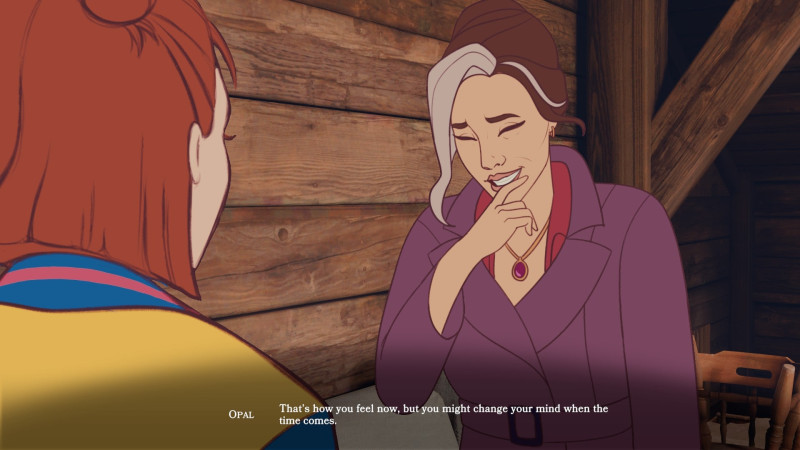
I have no idea how the game feels to play; I’m impressed with the voice acting, but the lip sync seemed random, and sometimes, when I heard their voices, their mouths wouldn’t move; the art is nice and easily telegraphs what you can interact with; I don’t know much about the story yet at all, to be honest. But most of all, and perhaps most importantly, following a game preview, I’m excited to play Open Roads. The personal touches seemingly inject a level of relatability I haven’t felt in a game for a while – I certainly haven’t teared up previewing a narrative-driven game like this before. I’m a sucker for games that pull on heartstrings, and mine are easily pulled, so perhaps the warmth of Tess’ grandmother’s card won’t carry the rest of the experience. I look forward to finding out, though.
Open Roads hits PlayStation 5, Xbox Series X/S, PlayStation 4, Xbox One, Switch, and PC on February 22, 2024.
For more, watch the latest Open Roads trailer here, and then check out the Open Roads announcement trailer. After that, read Game Informer’s exclusive feature about how Open Roads changed direction and saved its turbulent road trip.

